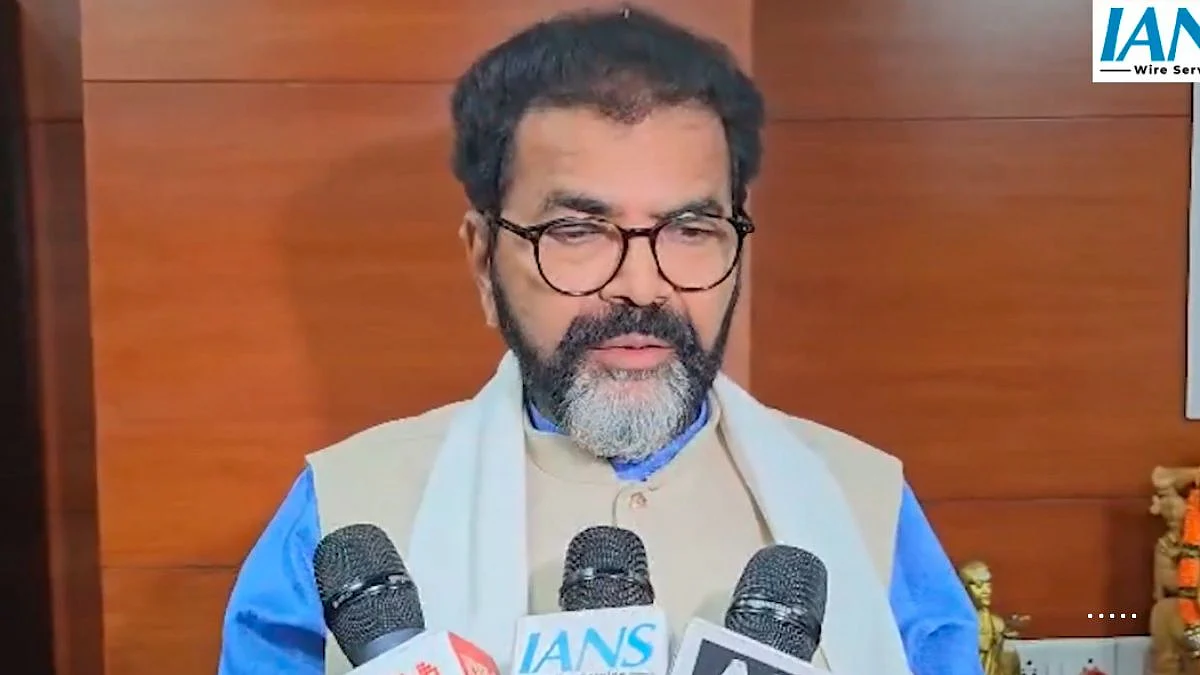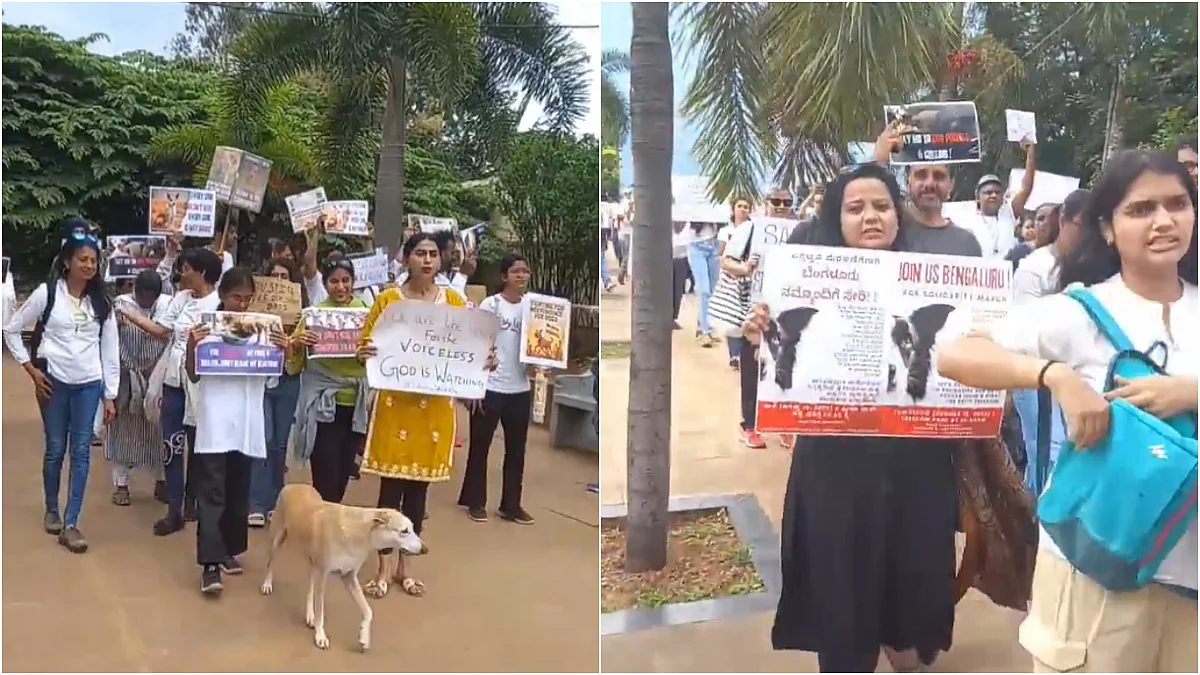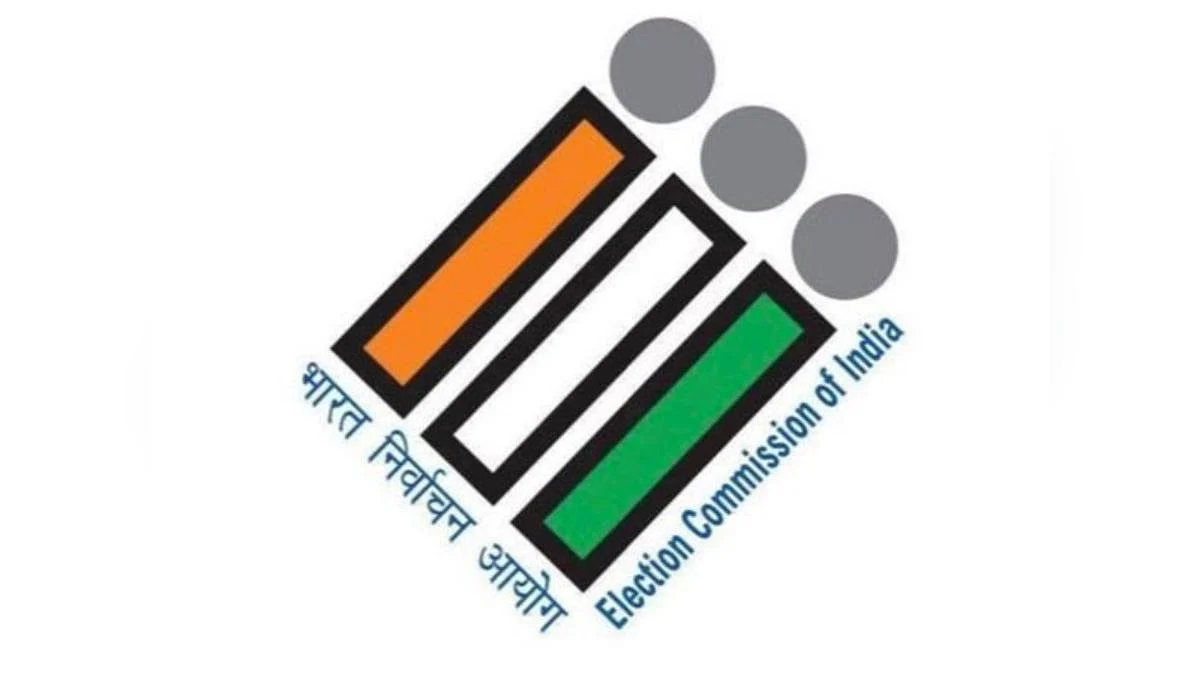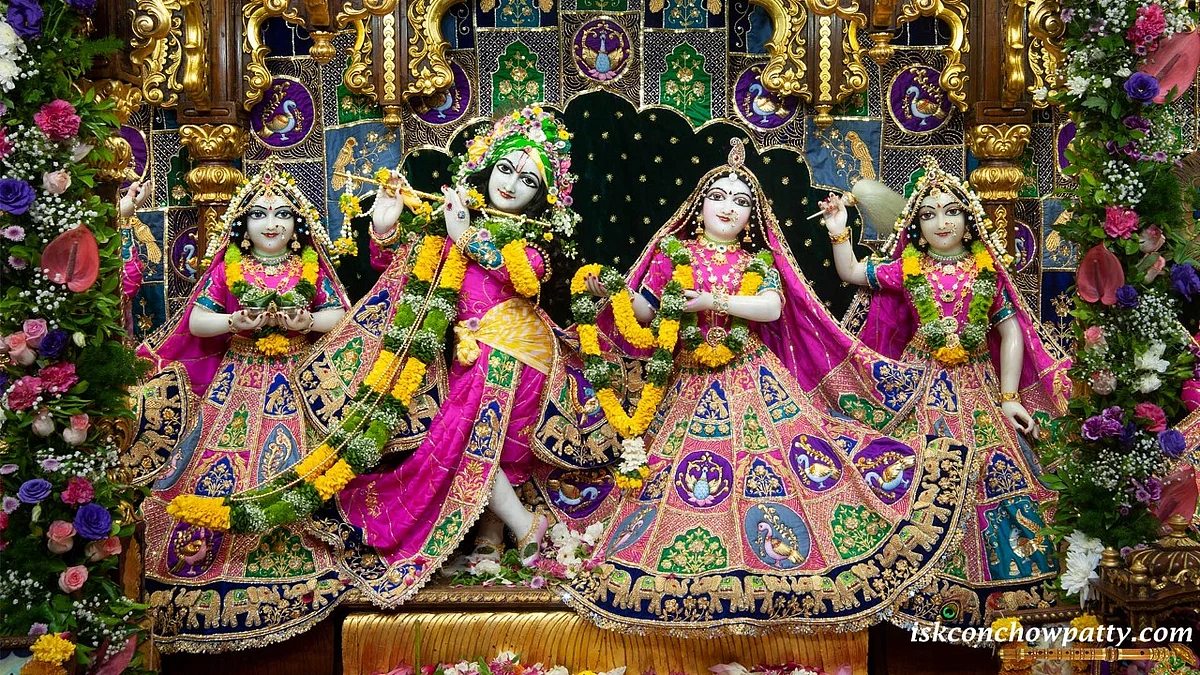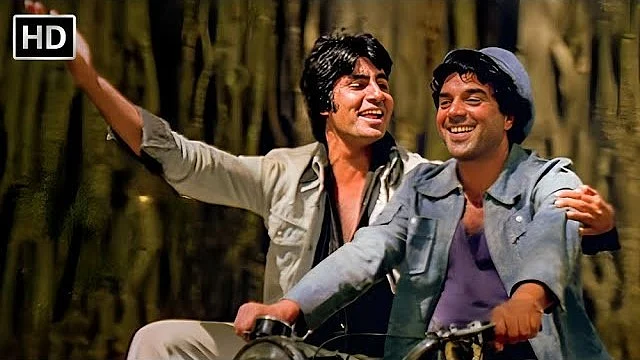In the previous article (Learning curve, May 17, 2025), I summed up the present institutional network of higher educational institutions in India. In this part, I will summarise the composition of students, courses they choose, and the number and composition of foreign students and teaching staff.
In the year ending December 31, 2021, the total estimated number of students enrolled in higher education was nearly 4.33 crore, out of which 2.07 crore students were female. Out of the total number of students, 15.3% were SC, 6.3% were ST and 37.8% were OBC.
Further, 4.9% of students were from the Muslim community, and 2.09% of students were from other minority communities. Across communities, the proportion of female students was almost 50%. There were about 88750 students with disabilities: 51300 male and 37450 female.
About 3.41 crore (78.9%) students were enrolled in undergraduate courses, followed by 52.18 lakhs (12.06%) enrolled at the post-graduation level and about 2.13 lakhs (0.5%) students enrolled for PhDs. About 29 lakh students (6.74%) were enrolled for diploma courses, primarily in technical/polytechnic, nursing and teacher training courses.
About 1.13 crore students, the highest among all courses, were enrolled for the B.A. course (51% female), followed by the B.Sc. with 49.66 lakh students (50.8% female) and the B. Com. with 43.4 lakh students (47.2% female). Engineering and Technology had 39.04 lakh students enrolled (29.1% female). In education, 17.19 lakh students (62.4% female) were enrolled, and in medical sciences, 17.05 lakh students (57.6% female) were enrolled.
At the postgraduate level, the largest number of students, 10.8 lakhs, were enrolled for Master of Arts (56.6% female), followed by 7.5 lakh students (61.2% female) for science and 7.3 lakh students (41.9% female) for management.
At the PhD level, the total enrolment was 2.12 lakhs. The maximum number of students were enrolled in Engineering and Technology (24.8%), closely followed by science, with 21.3% of students. Other major disciplines for PhDs were social sciences, medical sciences and management.
Out of a total enrolment of 3.15 crore students in affiliated and constituent colleges of central and state universities, government colleges accounted for 34.8% of total enrolment. Private (aided) colleges accounted for 20.6%, and private (unaided) colleges accounted for 44.6% of total enrolment.
There are 11 different types of universities with a total enrolment of 96.38 lakh students. State public universities accounted for around 31% of total enrolment and all open universities for another 31%. Around 64.7% of all students were enrolled for undergraduate courses, while 26.6% were enrolled for postgraduate courses. PhD admissions accounted for only 1.9% of the total enrolment.
There were about 21.7 lakh students enrolled in stand-alone institutions, out of which 64% were male. Technical/polytechnic institutions accounted for 65% (20% female), nursing institutions for 18% (81% female) and teacher training institutions for 10.7% (63% female) of total enrolment.
The total number of foreign students in 2021-22 was about 47000 (33% female). They came from 170 countries. From the neighbouring countries, Nepal accounted for 28%, Afghanistan 6.7% and Bangladesh 5.5% of total foreign students, while there were only 16500 students from 160 other countries.
About 74.8% of students were enrolled in undergraduate courses and 15.8% in postgraduate courses. The largest number of foreign students were enrolled in B.Tech. courses (11461), followed by BBA (3346) and B.Sc. (3439).
For students living in remote and distant places and employed students, universities offer distance and private modes of education. Almost 45.6 lakh students were enrolled through distance mode, with 64.7% in undergraduate courses and 26.6% in postgraduate courses. Distance education contributed around 47.3% of total university enrolment.
The Gross Enrolment Ratio (GER), the proportion of students from all young people in the 18-23 years age group, was 28.4. It was 25.9 for SC students and 21.2 for ST students. The GER for the male population was 28.3 at an all-India level, 25.8 for male SC students and 26.0 for ST male students. It was 28.5 for the female population at an all-India level, 26.0 for SC females and 20.9 for ST female students.
For the year 2021-22, the total number of teachers in higher education institutions was 15.98 lakhs, out of which 56.6% were male. At an all-India level, 32.3% of all teachers were from OBC groups, 9.3% were from SC communities and 2.6% were from ST communities. About 5.6% of teachers were from the Muslim community, and 8.8% were from other minority communities. The rest, 43.4% were from the category.
In terms of gender distribution of teachers, at an all-India level, there were 77 female teachers per 100 male teachers; for the SC category, there were 61 female teachers per 100 teachers; and for ST and OBC, it was 78 and 73 female teachers per 100 male teachers, respectively.
For the Muslim community, it was 61 female teachers per 100 male teachers, while for other minority communities, it was 159 female teachers per 100 male teachers. Post-wise, 68% of all teachers were lecturers/assistant professors, 10% each were associate professors and professors and equivalents, and 5.7% of all teachers were temporary.

To sum up, these data inform us that about 28% of all eligible young people now access higher education in some form or the other. Almost 60% of all students were enrolled for a general undergraduate degree, and about 45% of students were enrolled in unaided private colleges.
Our institutions of higher education have no place for students with disabilities, and there is hardly any presence of foreign students. Simultaneously, the profile of our college teachers is now quite diversified.
Vrijendra taught at a Mumbai college for more than 30 years and has been associated with democratic rights groups in the city.

